Self build resembling a WWII aircraft fuselage is given green light by planners
The three-bed property in Cambridgeshire will celebrate the historic role the area played as a base for the Mosquito aircraft
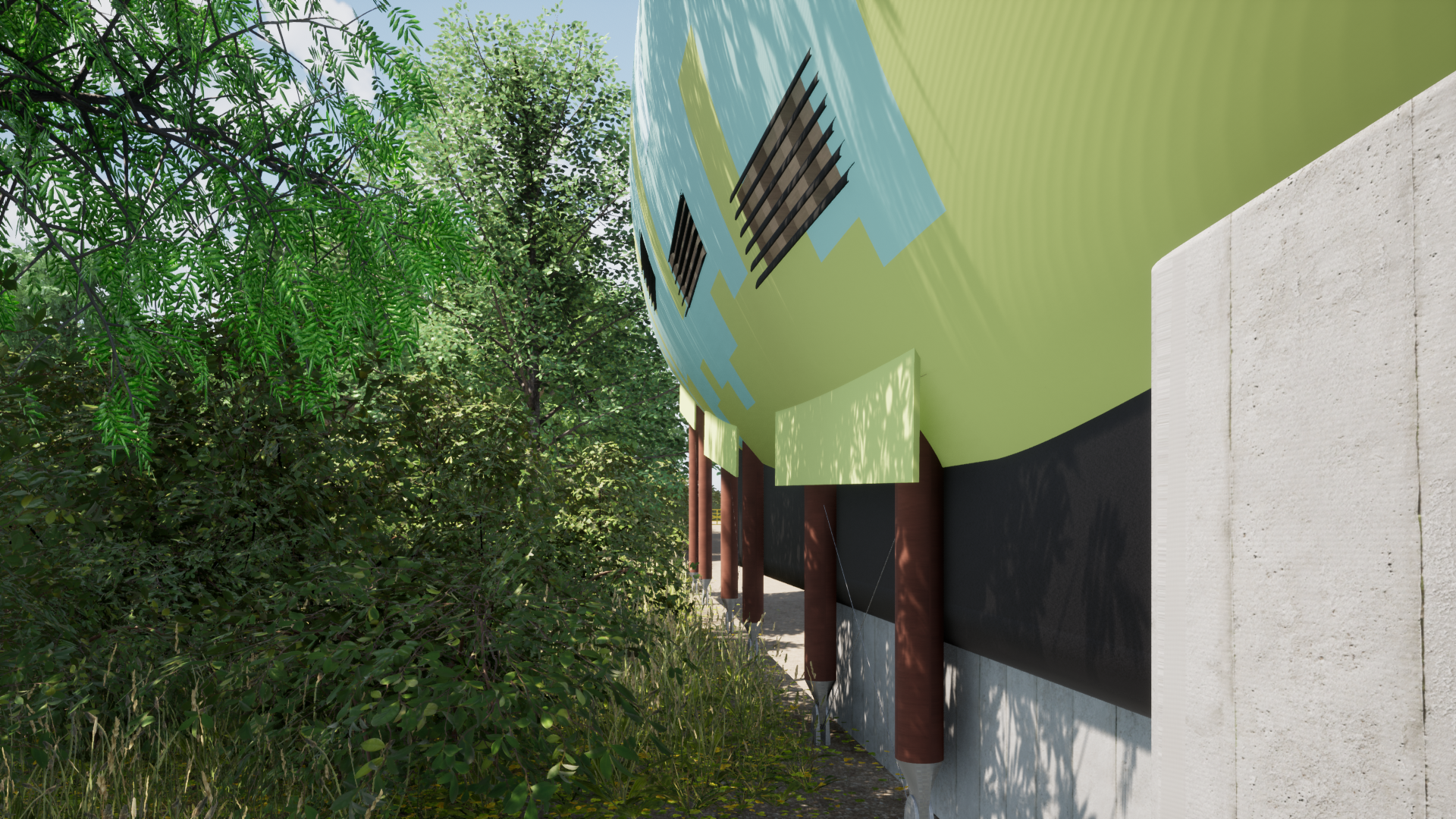
An ambitious house design that takes design inspiration from a Second World War military aircraft has been given the go-ahead after a planning appeal.
The three-bedroom property, which will be built near Castle Camps on the border of Cambridgeshire and Essex, celebrates the historic role the area played as a base for ‘The Wooden Wonder’, the de Havilland Mosquito.
Permission was initially rejected by local planners but the self build property will now lift off following an appeal.
Taking inspiration from the Mosquito aircraft
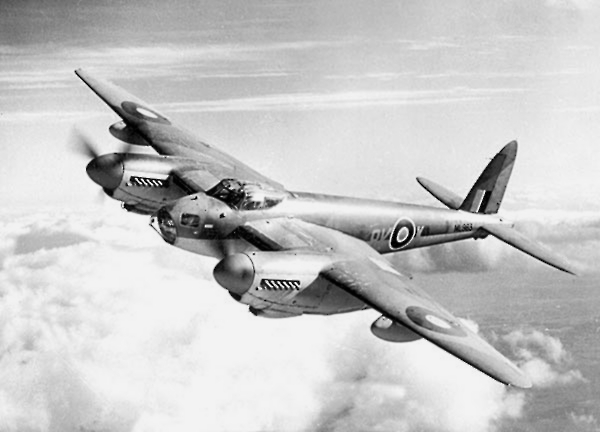
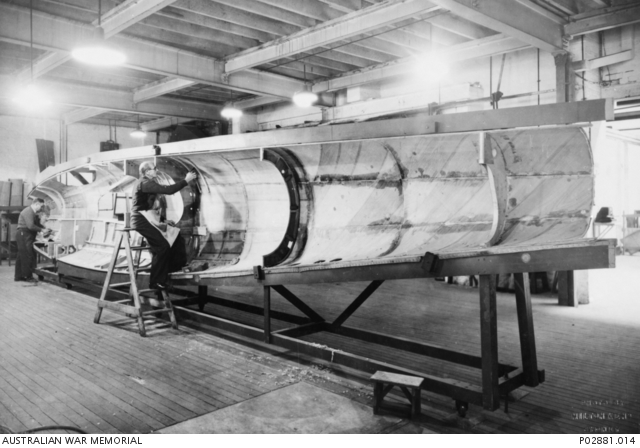
The de Havilland Mosquito was a British multi-role combat aircraft introduced during the Second World War. It was considered unusual because its frame was constructed mostly using wood, but saw incredible success as a fighter bomber, night fighter, and reconnaissance aircraft.
“The story behind the role that this area played in WWII is so unique yet the landscape bares almost no trace," explains Richard Hawkes from Hawkes Architecture, the architects behind the design. "Mossie will provide a fitting and permanent tribute to this important aircraft and place.”
The aircraft famously took senior Nazi Hermann Goring off the air in 1943 by knocking out the main Berlin broadcasting station as he made a speech on the 10th anniversary of Hitler being made chancellor of Germany.
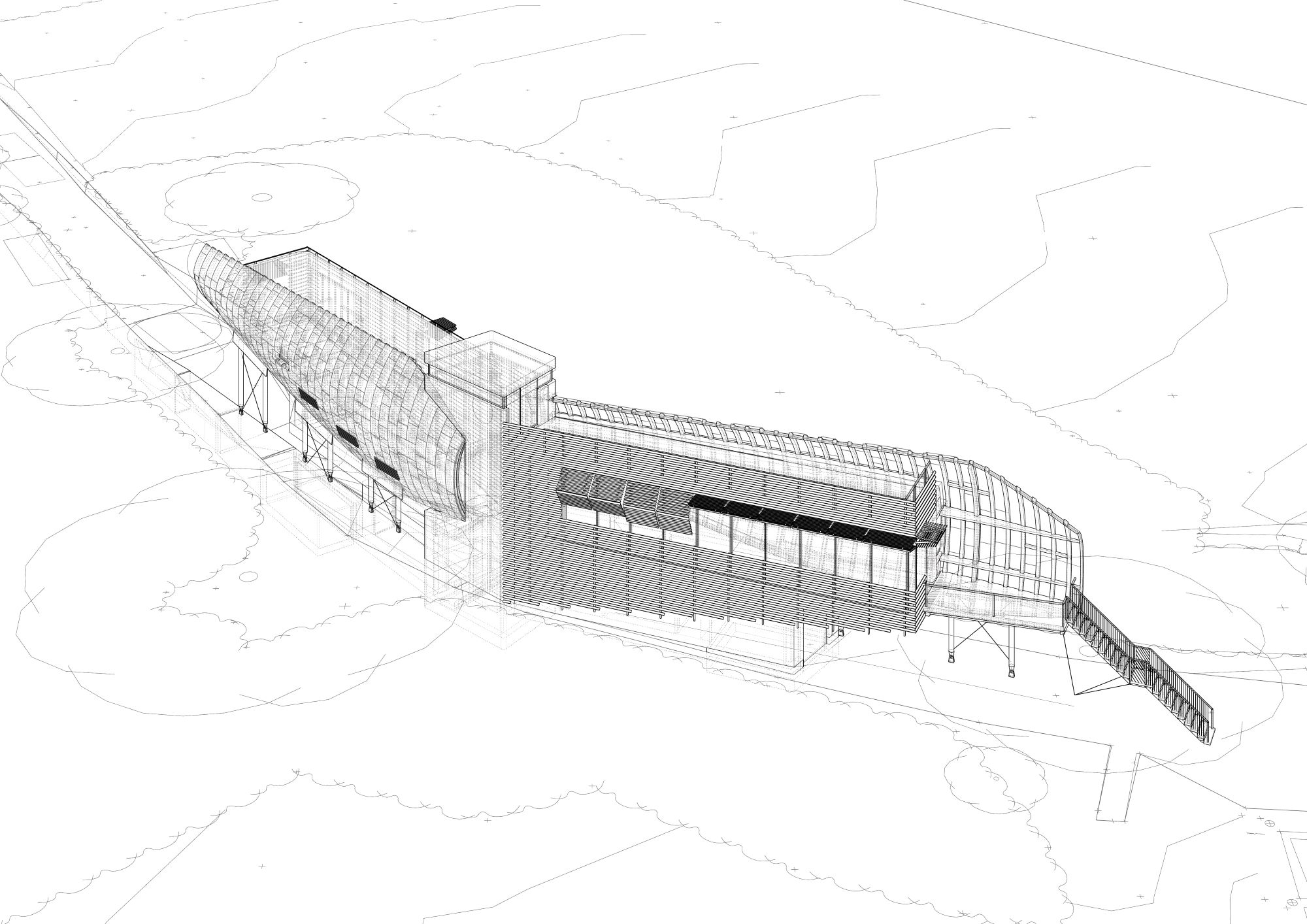
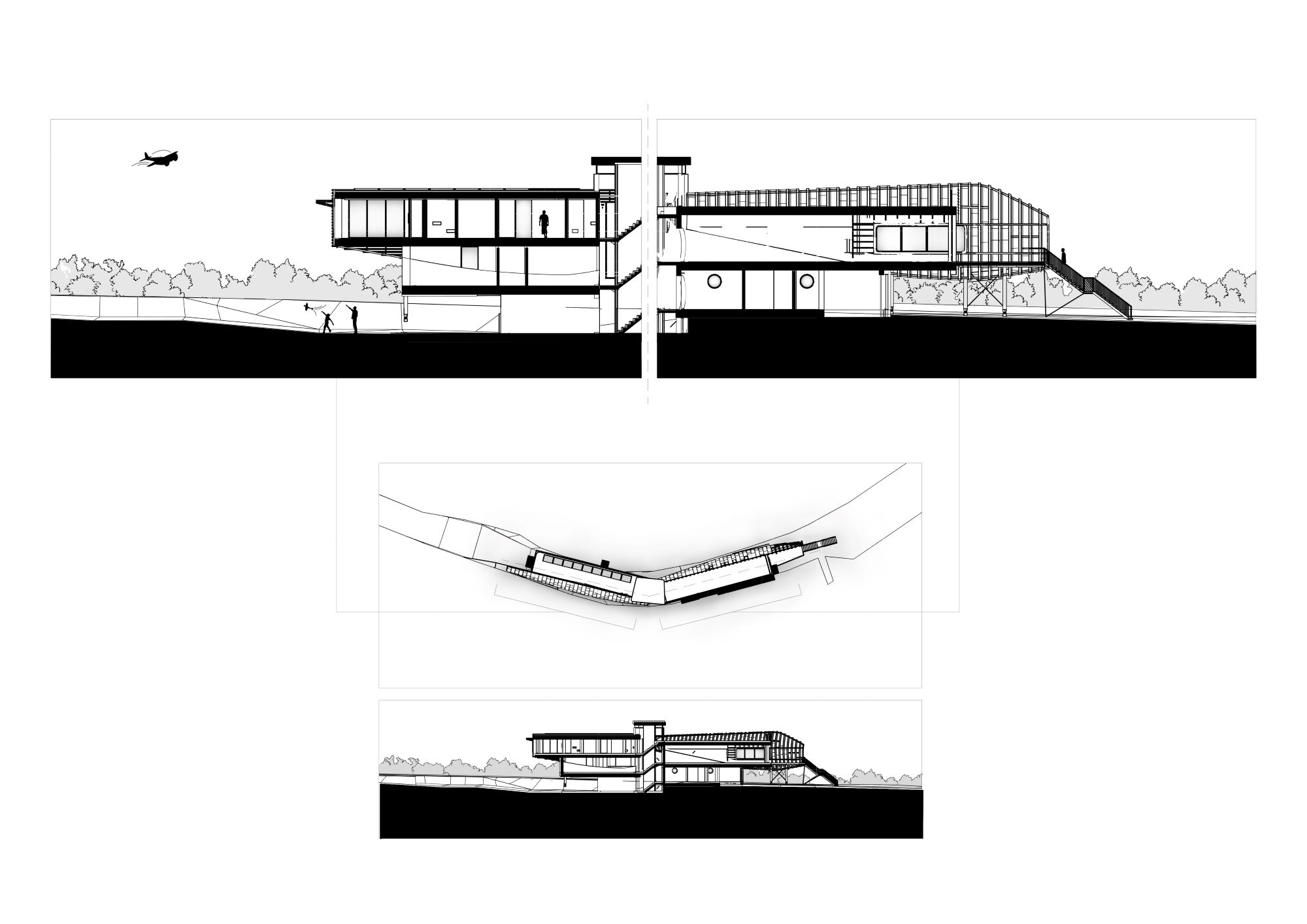
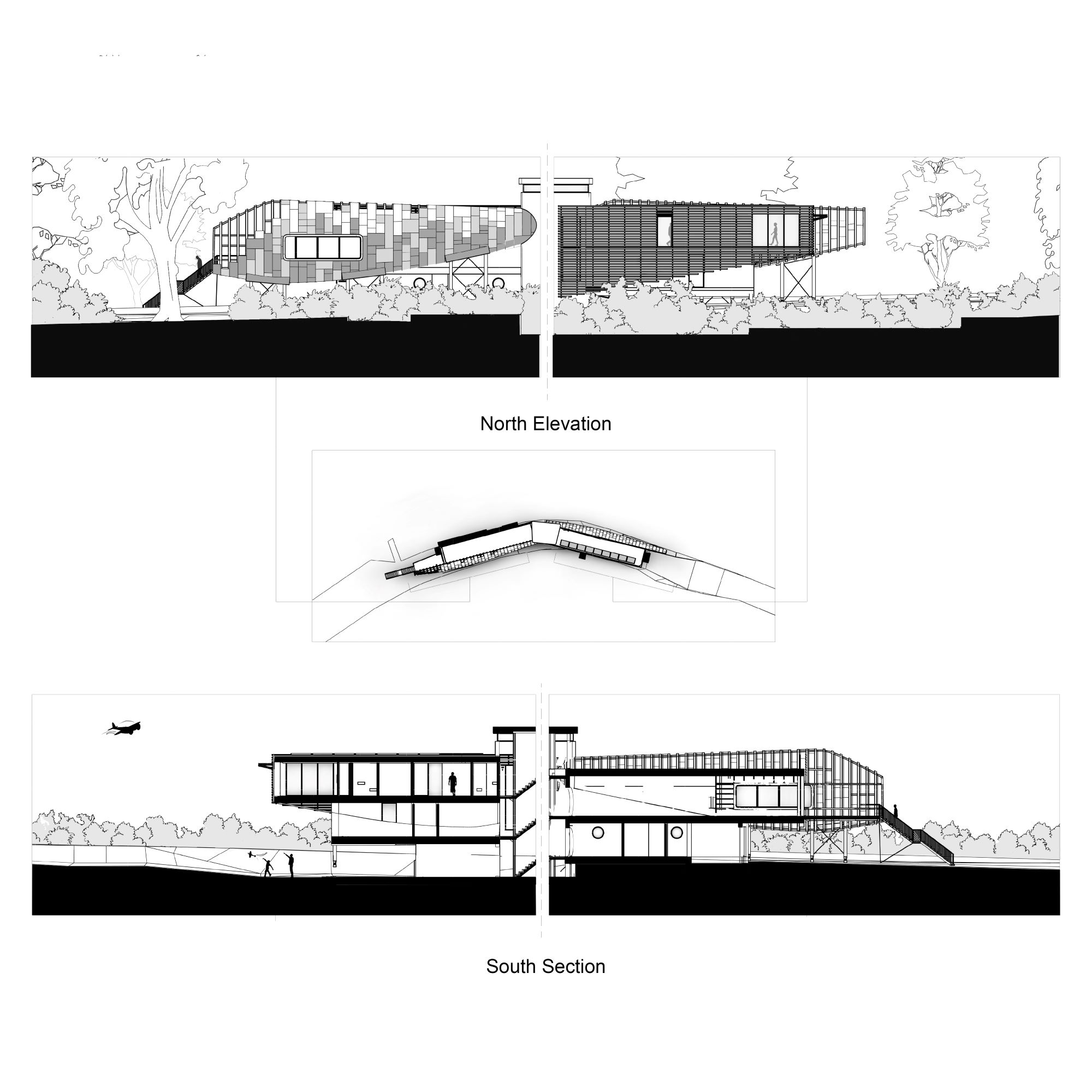
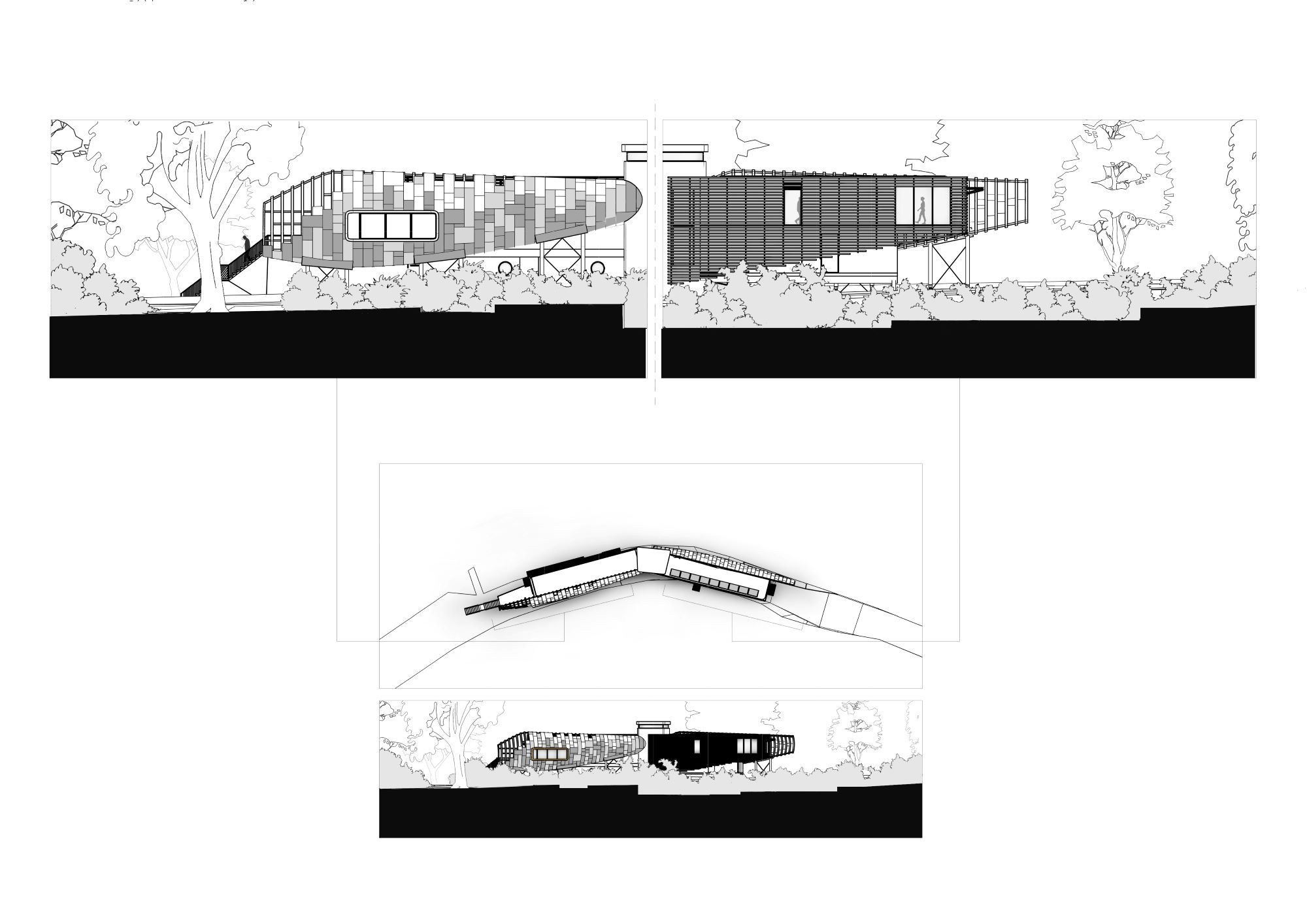
Property developer Charles Frewin said the inspiration for the ‘Mossie’ development arose organically after he and his business partner brought the site, which once formed part of RAF Castle Camps, where squadrons using the deHavilland Mosquito flew from.
Get the Homebuilding & Renovating Newsletter
Bring your dream home to life with expert advice, how to guides and design inspiration. Sign up for our newsletter and get two free tickets to a Homebuilding & Renovating Show near you.
Hawkes Architecture decided on the de Havilland-inspired design after digging into its important place in military aviation history.
Mr Hawkes said: “There is something about the site. It’s a beautiful spot and the history of the airfield is fascinating. It needed to be preserved and marked. It was a crucial base in the Second World War and that inspired us and the architects latched onto it as a concept.
“The site sits on the old access road to the airfield, and it’s almost like a runway, so they came up with the concept of a Mosquito on a runway.”
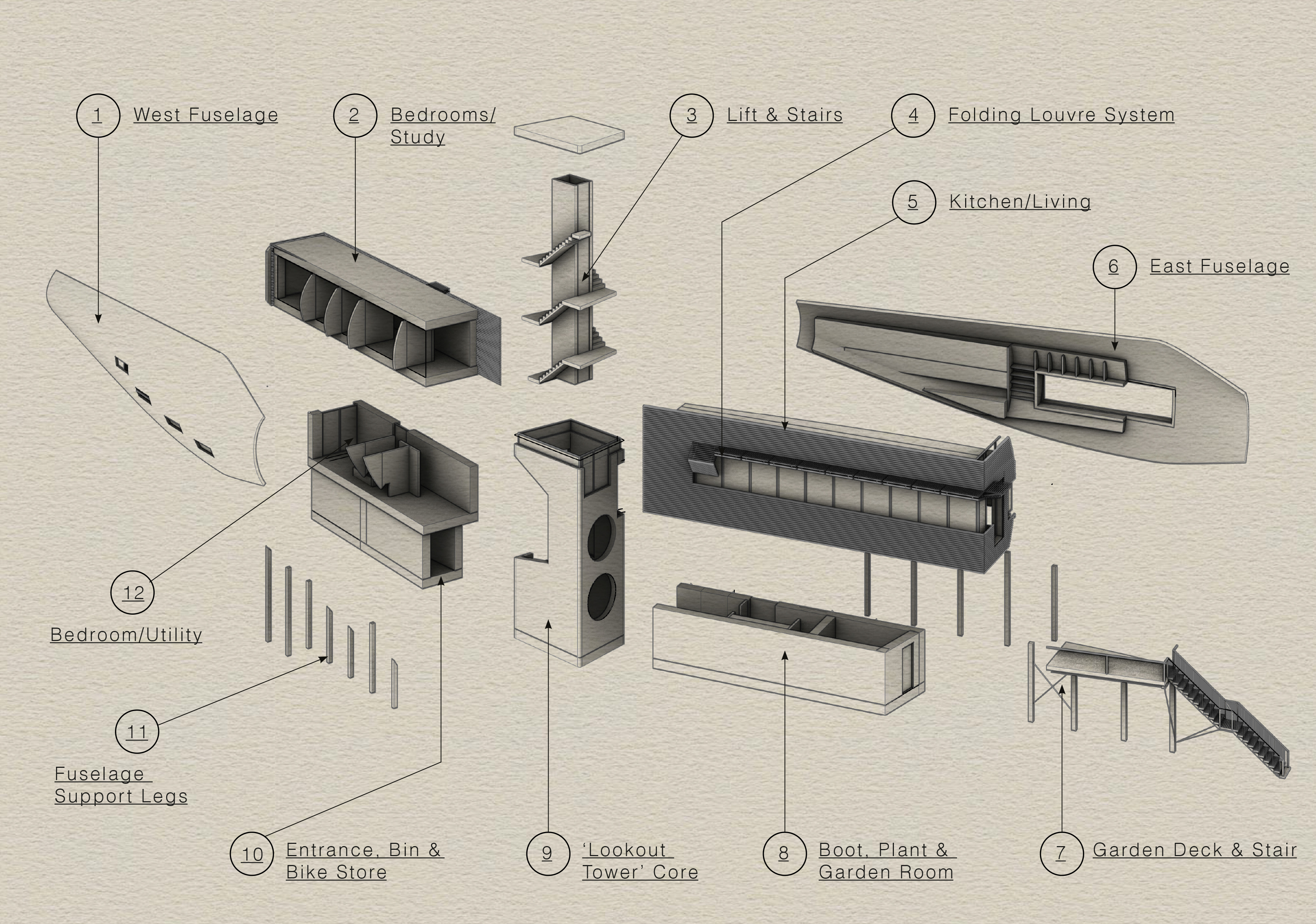
The building configuration also took inspiration from model Airfix kits, where the aircraft components are displayed as ‘exploded’ before assembly.
It has two ‘fuselage’ sections laid adjacent to each other and staggered to display the internal ‘ribs’ of the aeroplane. They pivot around a central circulation and viewing tower, which provides light, ventilation, and access to the roof for recreation and maintenance.
The fuselage sections contain efficiently packaged storage and services in much the same way as the original aircraft and a flexible internal arrangement of split-level spaces combine to provide 200m2 of living accommodation.
Architect Richard Hawkes added: “We’re delighted to have secured consent for such an exciting building, especially on such a quirky site in the open rural countryside.
Project to lift off after planning appeal
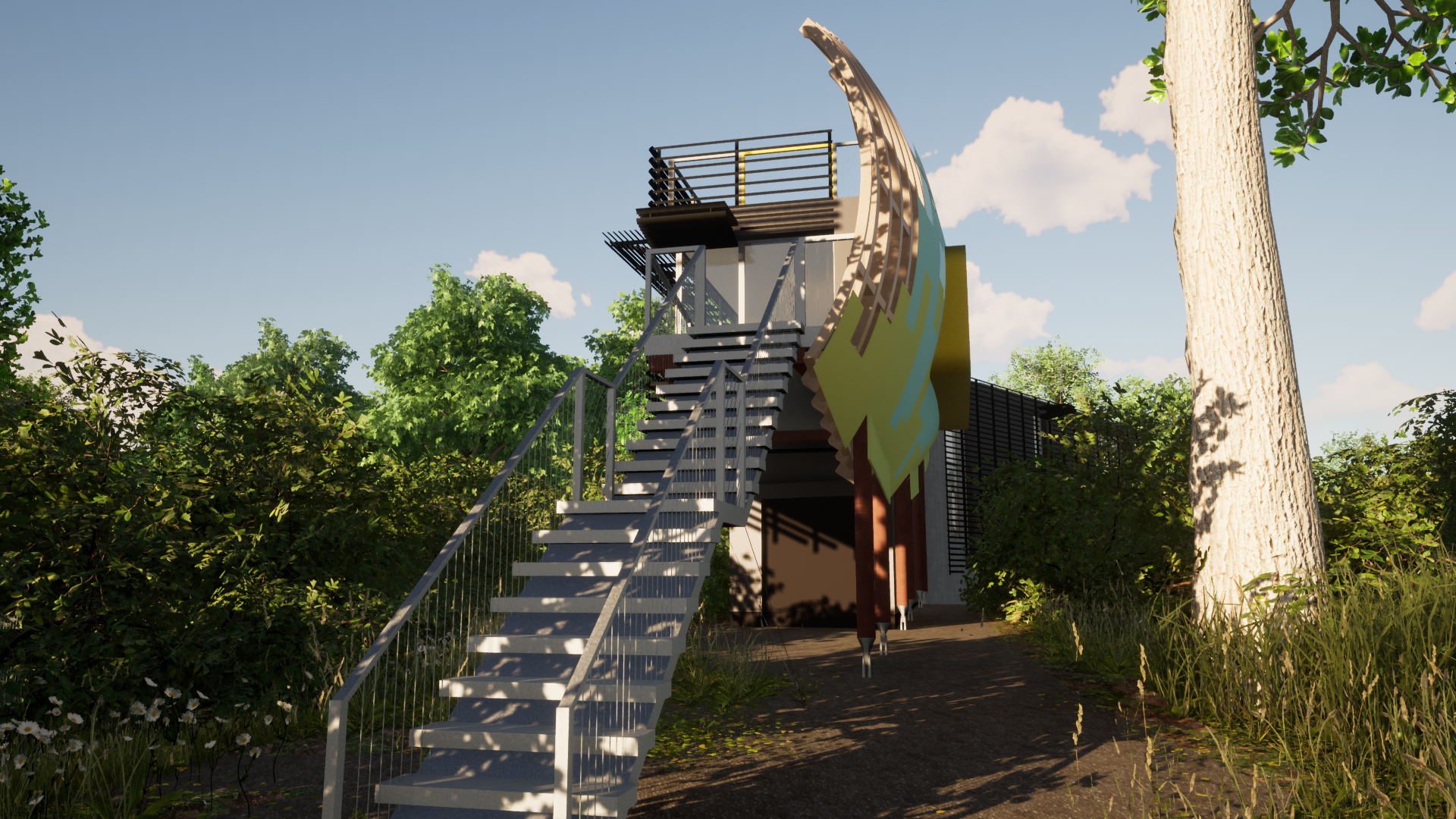
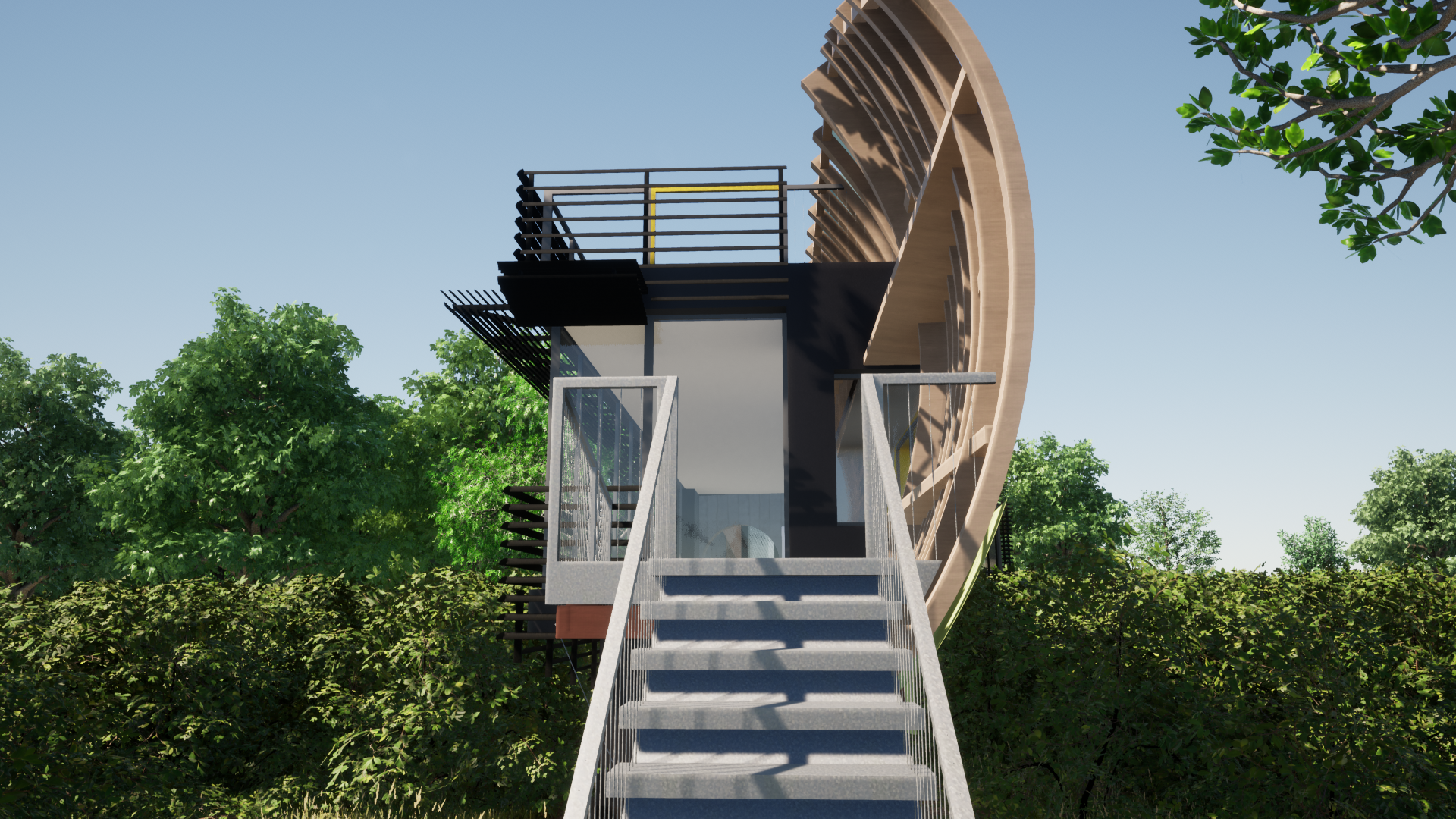
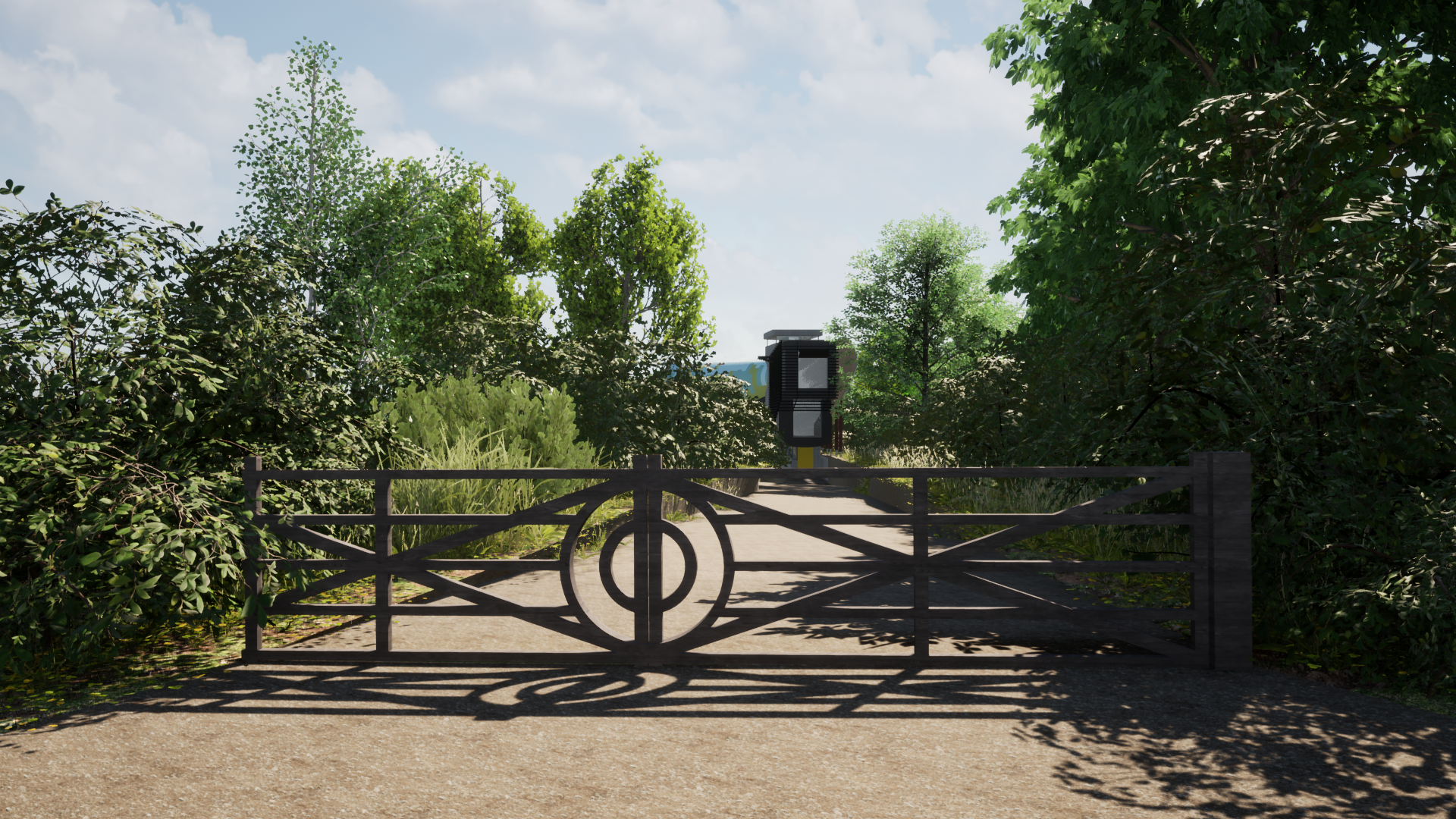
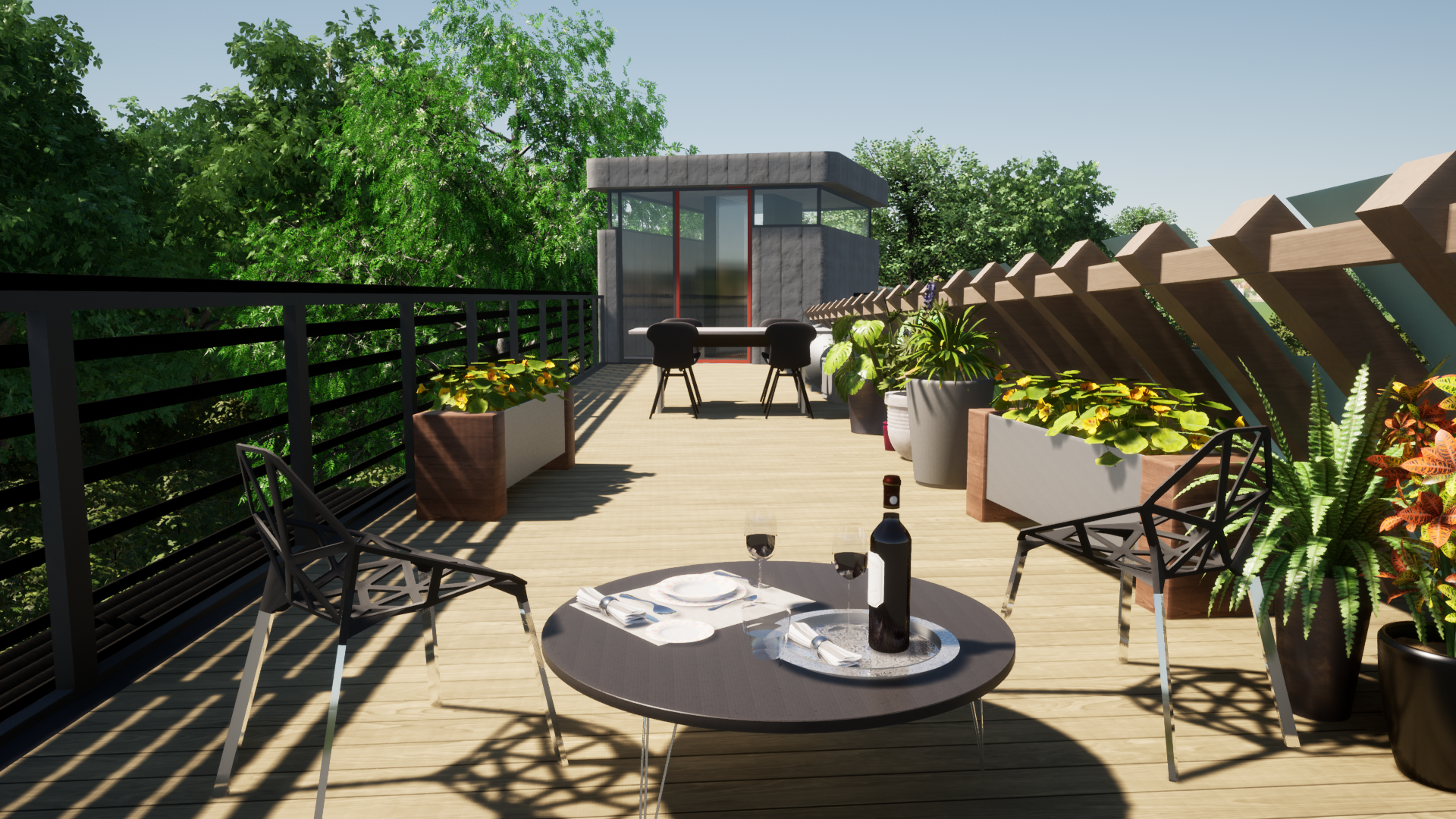
The property is known as a 'Paragraph 80' property, which refers to paragraph 80 of the National Planning Policy Framework that allows new isolated homes to be built in the countryside when they are of exceptional quality of design, raise standards of design in the rural area, and significantly enhance their immediate setting.
Planning permission was originally refused by South Cambridgeshire District Council which claimed the dwelling is not “considered to be of exceptional design quality”.
The rejection letter added: “The design concept is not one that is considered to be well thought out that has been designed around the end user and a structure that meets the historic nod towards the Mosquito which was a significant aircraft and to reference it as design driver is valid.
“This new dwelling is not considered to be compatible with its location and it is not appropriate in terms of scale, density, mass, form, siting, design, proportion, materials, texture and colour in relation to the surrounding area.”
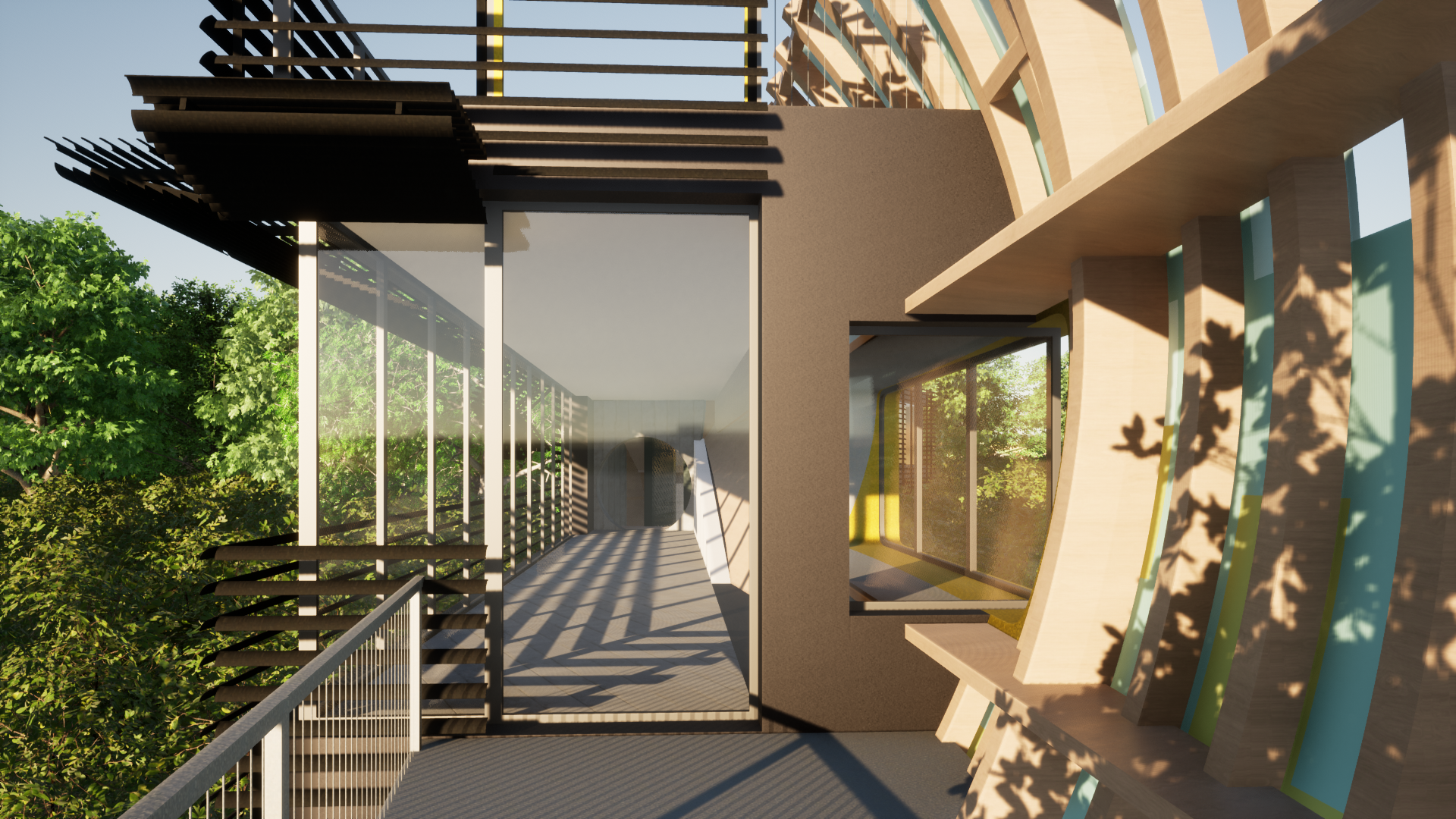
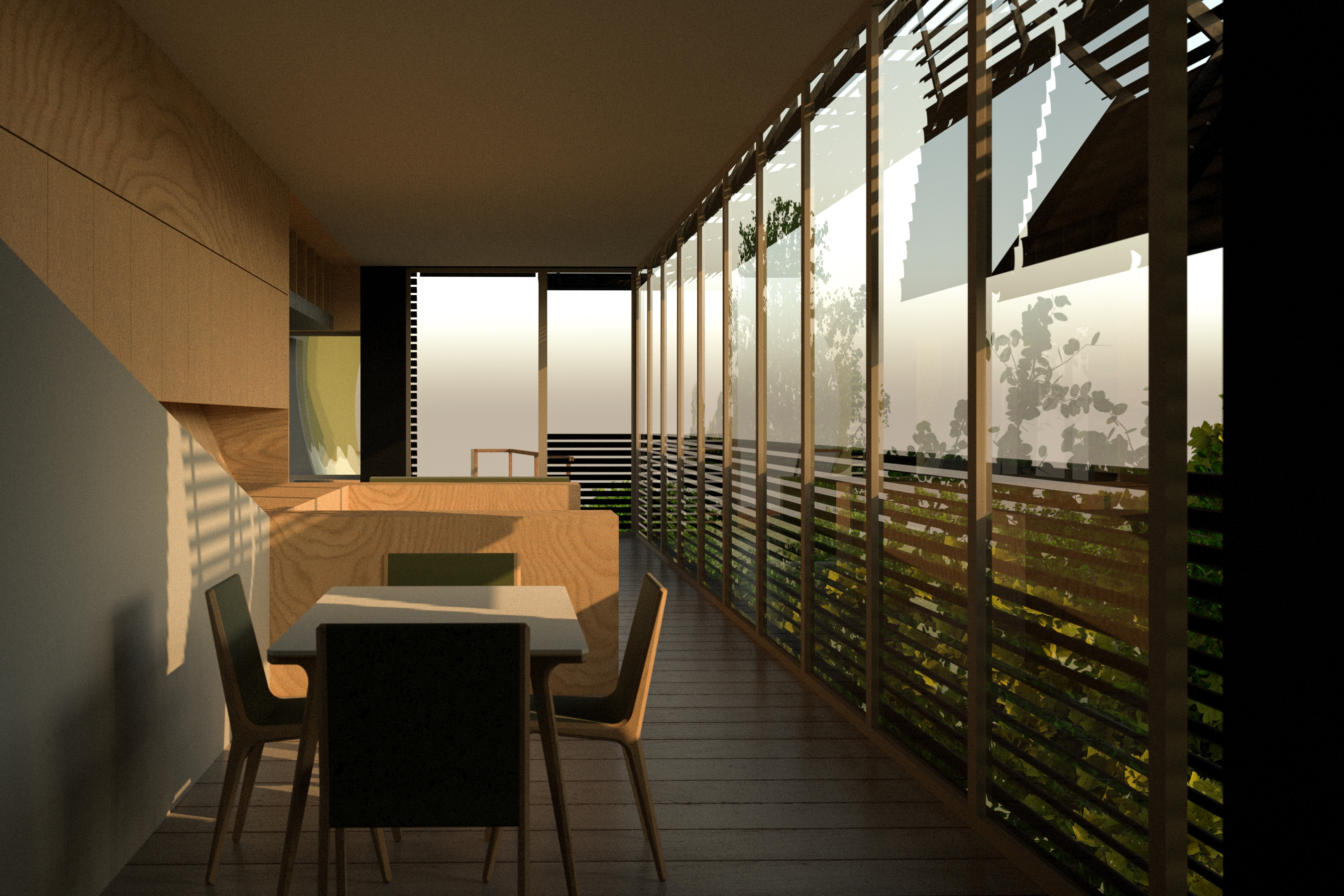
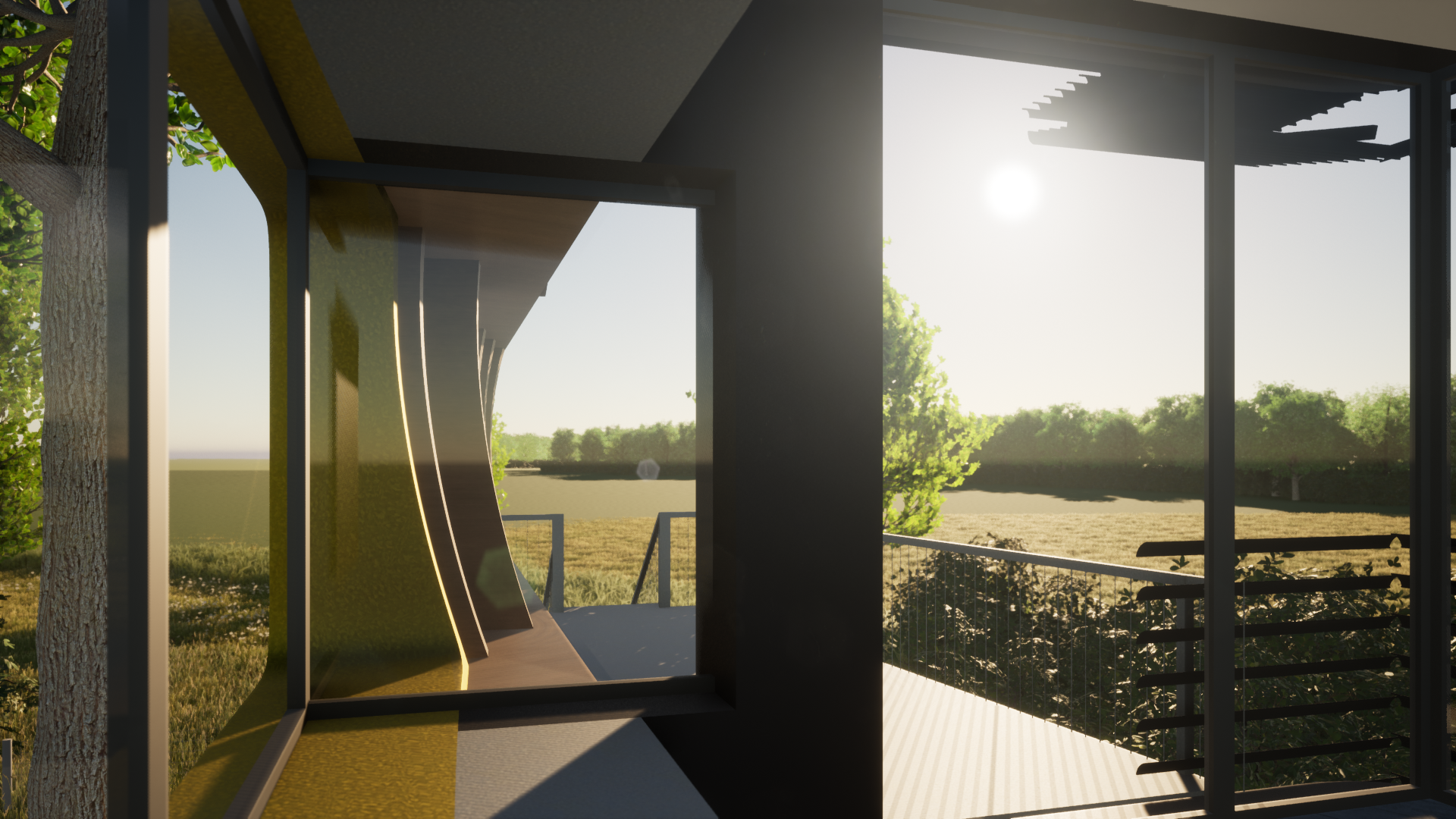
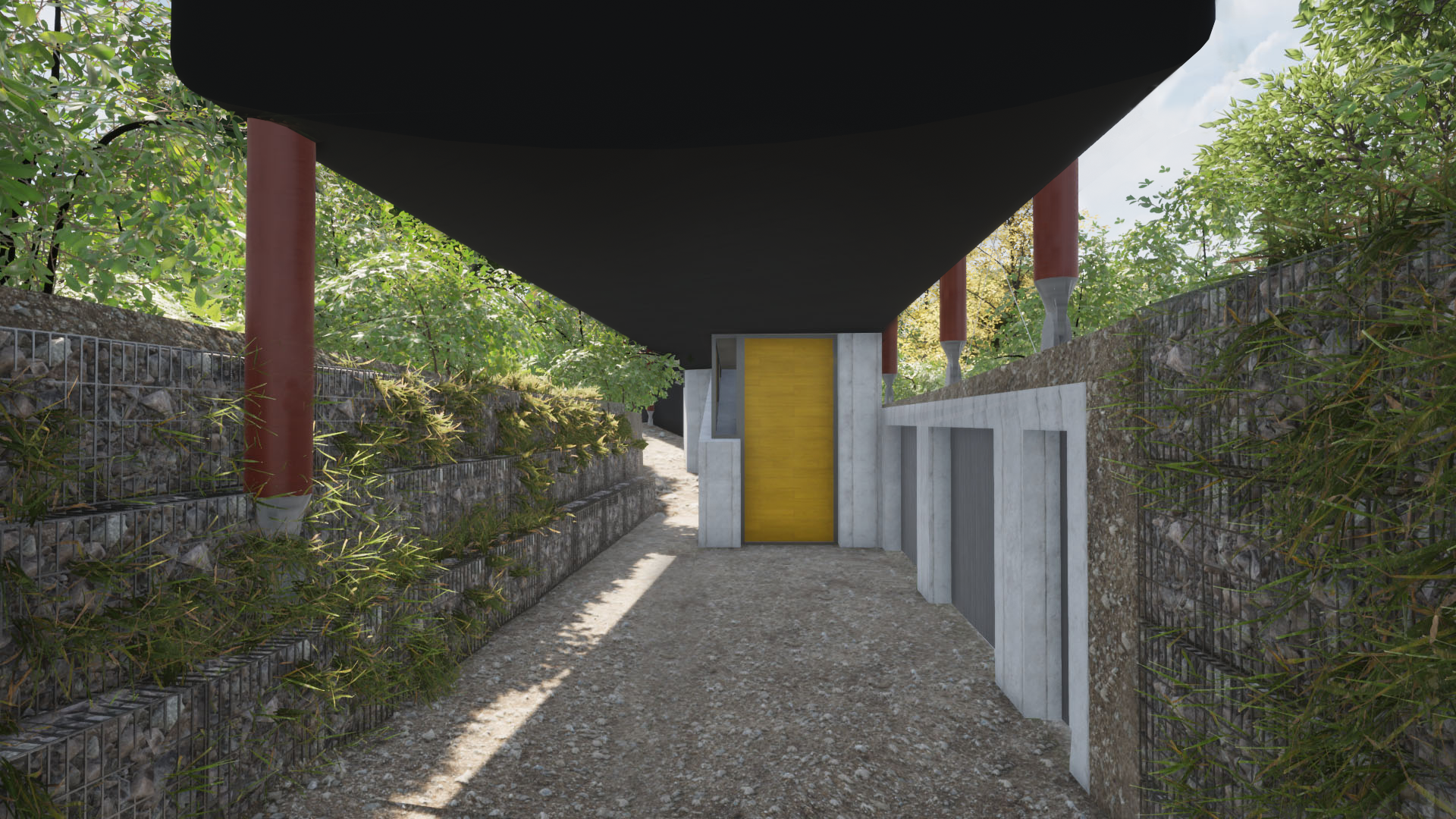
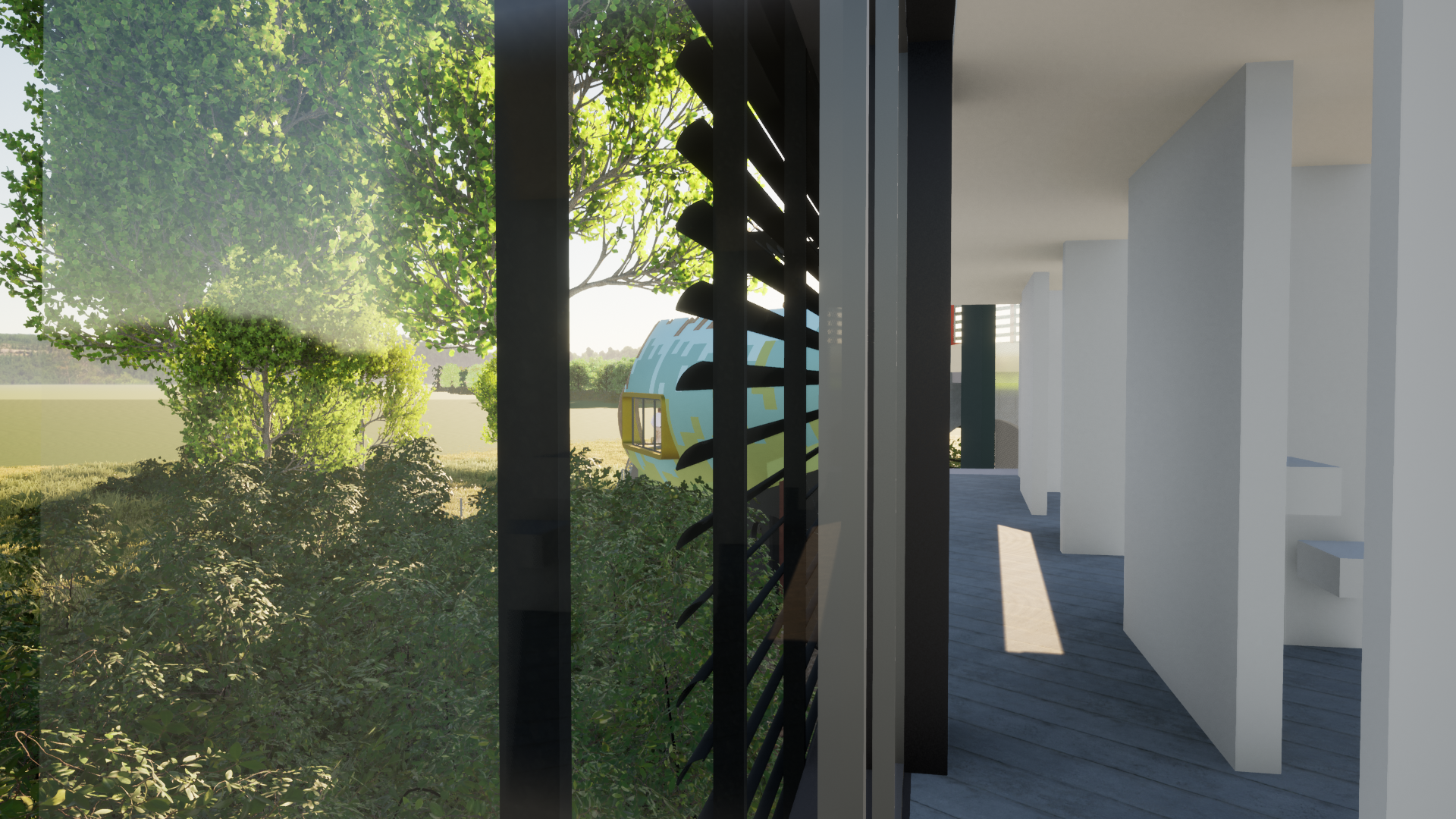
In the successful appeal, an inspector appointed by the Secretary of State wrote: “Whilst the dwelling would be an urban intervention in contrast to the rural countryside setting, the design rationale behind the proposal has been executed well, and the concept would be a unique representation of local military history.
“It would create a sense of place and its architectural quality would raise design standards in the rural context. I acknowledge the appeal site itself is narrow in width, but I do not consider the proposal to be cramped or contrived, representing instead an innovative way to maximise the potential of the land.
“Equally, whilst the dwelling would have a presence within the landscape, I do not consider that the scale or mass of the dwelling would be excessive, given the rather modest footprint proposed.”
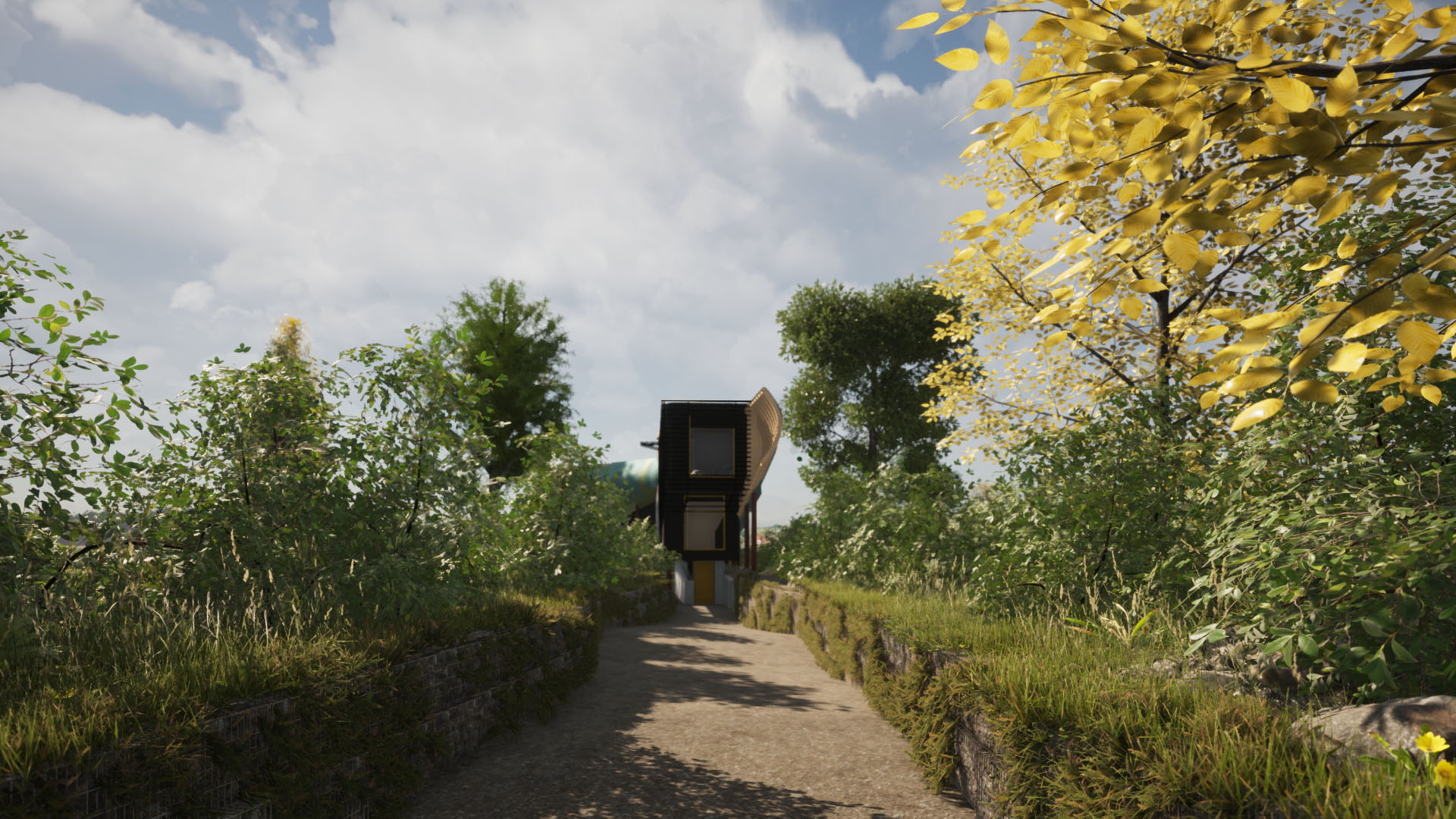
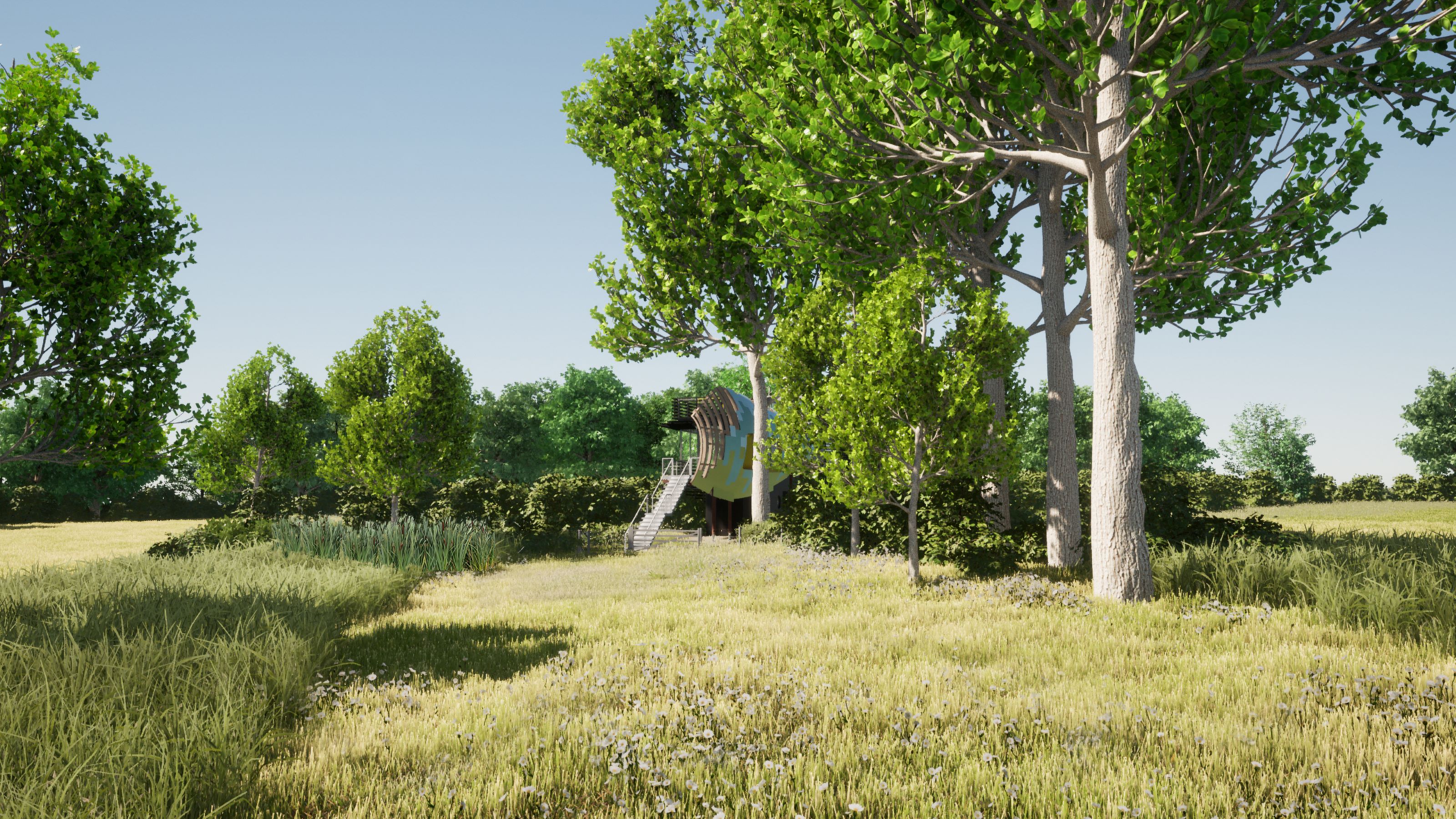
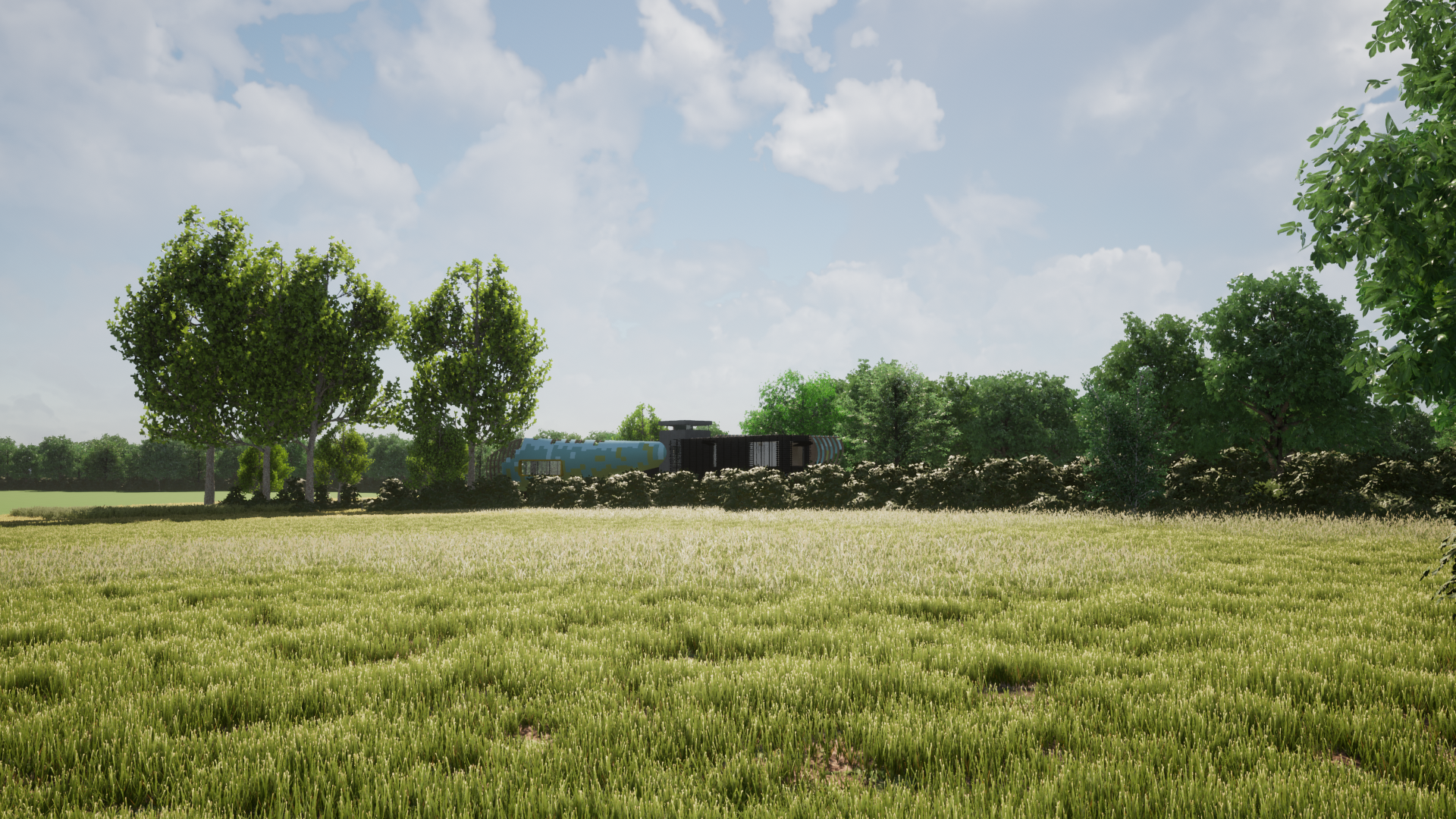
Sam is based in Coventry and has been a news reporter for nearly 20 years. His work has featured in the Mirror, The Sun, MailOnline, the Independent, and news outlets throughout the world. As a copywriter, he has written for clients as diverse as Saint-Gobain, Michelin, Halfords Autocentre, Great British Heating, and Irwin Industrial Tools. During the pandemic, he converted a van into a mini-camper and is currently planning to convert his shed into an office and Star Wars shrine.

